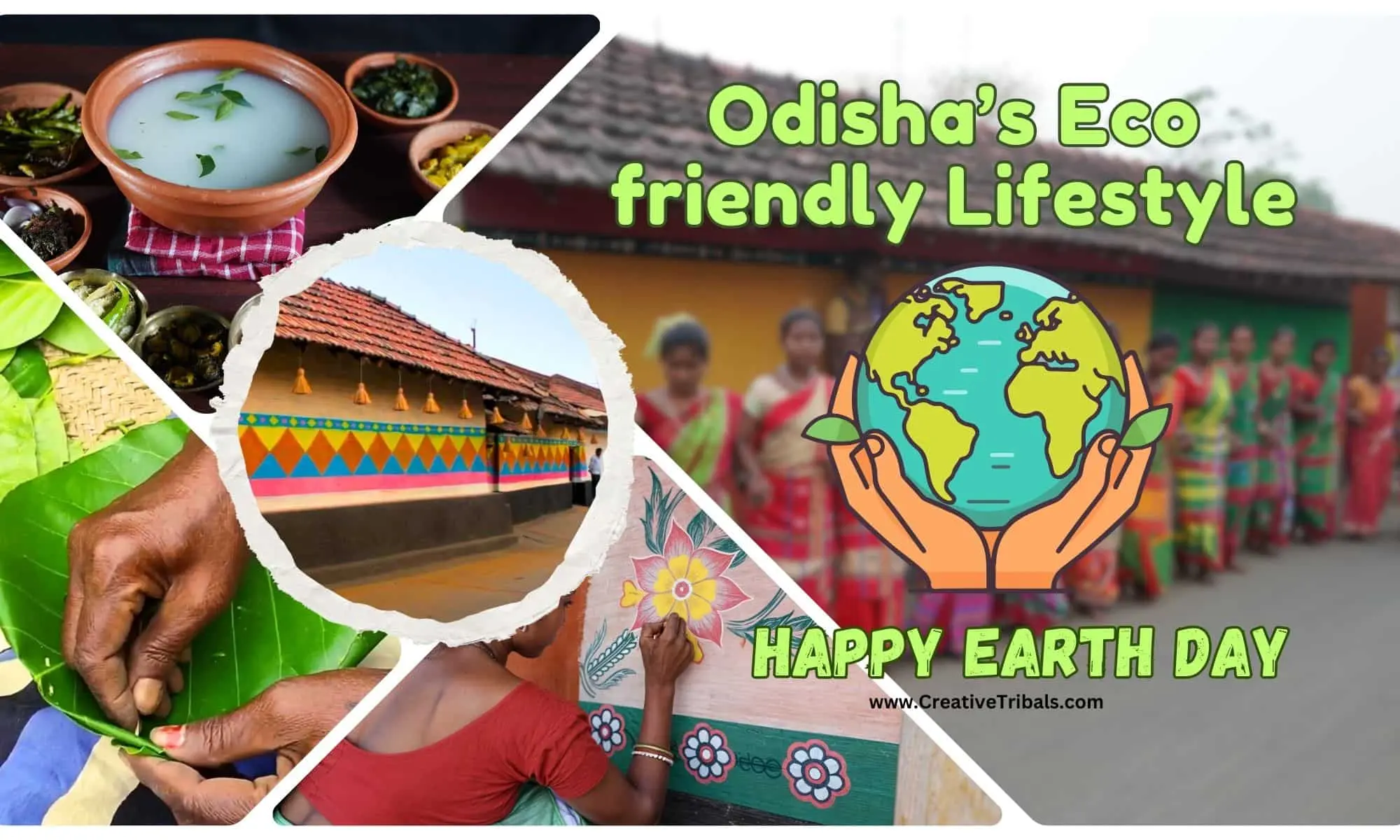

Imagine a world where we live in harmony with nature, where sustainable practices are deeply ingrained in our daily lives, and where the well-being of our planet is a shared responsibility. This Earth Day 2024, we have the opportunity to turn this vision into a reality by harnessing the eco-wisdom of Odisha, a state in India known for its rich cultural heritage and sustainable practices.
As a native of Odisha, I had the privilege of visiting several villages in the region a few years ago and experiencing firsthand the eco-conscious lifestyle of its people. One particular encounter has stayed with me ever since. I met a family who had been residing in a traditional hut made entirely of mud and wood for generations. As I listened to their stories and marveled at the natural beauty of the surroundings, I came to understand the transformative power of embracing traditional eco-practices.
From building nutual houses to using leaf plates and mud utensils as sustainable alternatives, the people of Odisha have found ingenious ways to reduce their carbon footprint and promote a greener way of living. They understand the importance of sustainable food sources and have embraced the nutritional power of millets, recognizing them as superfoods that not only nourish our bodies but also promote biodiversity and resilience in agriculture.
But Odisha’s eco-wisdom goes beyond practical practices. It extends to a deep reverence for nature and a belief in the divine presence of the environment. Nature worship is an integral part of their culture, reminding us that we are not separate from the Earth, but rather intricately connected to it. By adopting this mindset, we can develop a greater sense of responsibility towards our planet and work towards a more sustainable future.
As we celebrate Earth Day 2024, let us embrace Odisha’s eco-wisdom and learn from their traditional practices. By making small changes in our own lives, such as using sustainable alternatives, appreciating wildlife, and harnessing renewable resources like cow dung, we can contribute to a greener and more sustainable world for ourselves and future generations.
Embracing Traditional Eco-Practices: Building Nutual Houses
In the beautiful state of Odisha, India, traditional eco-practices have long been an integral part of the culture. One such practice that deserves our attention is the construction of nutual houses.
Nutual houses, built using natural materials like mud and wood, not only reflect the rich heritage of Odisha but also promote sustainable living and help reduce our carbon footprint.
These eco-friendly dwellings are designed to blend harmoniously with the environment, utilizing locally sourced materials and traditional construction techniques passed down through generations.
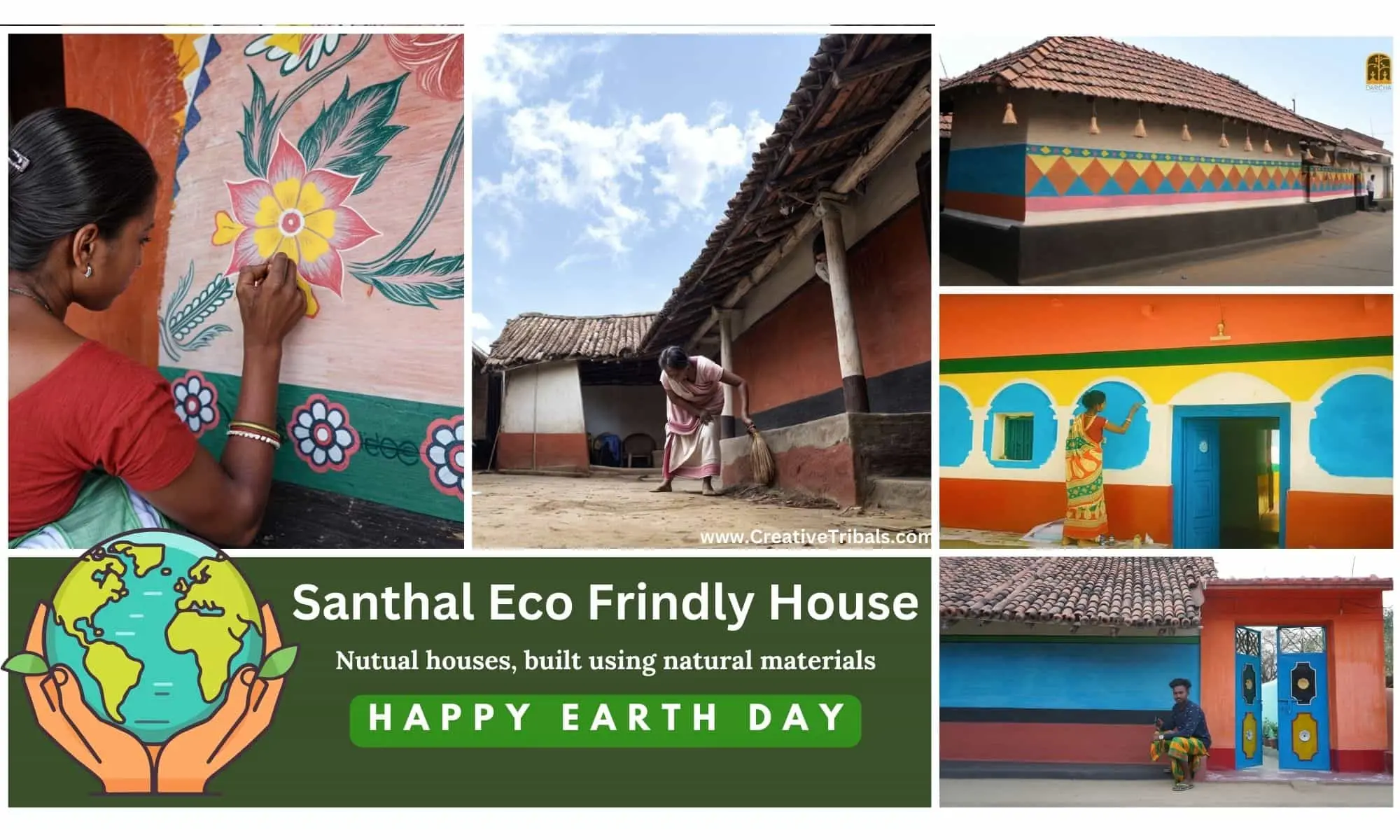

Earth Day 2024 –Embracing Sustainable Architecture
The construction of nutual houses is a testament to the wisdom of utilizing traditional eco-practices. By embracing sustainable architecture, we can create homes that are not only aesthetically pleasing but also environmentally responsible.
Mud, a key component in the construction of nutual houses, offers several benefits. It is an abundant and renewable resource that can be locally sourced, reducing the need for long-distance transportation and minimizing carbon emissions.
Additionally, mud acts as a natural insulator, keeping the interior of the house cool during summers and warm during winters. This reduces the reliance on artificial cooling and heating systems, further contributing to energy conservation.
The use of wood, another traditional material, adds to the sustainability of nutual houses. When sourced responsibly from certified forests, wood can be a renewable resource that supports local economies while maintaining a healthy balance in the ecosystem.
Environmental Benefits
The construction of nutual houses offers numerous environmental benefits. By adopting these traditional eco-practices, we can:
- Reduce carbon emissions by using locally sourced materials and minimizing transportation
- Promote sustainable forestry by responsibly sourcing wood
- Conserve energy by utilizing natural insulation properties of mud
- Minimize waste generation by creating durable and long-lasting structures
These eco-friendly houses not only benefit the environment but also provide a healthier and more sustainable living space for the inhabitants.
A Visual Depiction of a Nutual House
| Element | Description |
|---|---|
| Structure | Mud and wood |
| Roofing | Thatched roof made of locally sourced materials |
| Walls | Thick mud walls with natural insulation properties |
| Windows | Wooden frames with mud panes or natural fabric coverings |
| Doors | Solid wood doors with intricate carvings |
| Interiors | Sustainable furniture made from wood and natural fibers |
By opting for nutual houses, we not only honor the rich cultural heritage of Odisha but also contribute to the collective efforts in building a sustainable future.
Daily Use: Leaf Plates and Mud Utensils
When it comes to reducing our ecological impact, every small change matters. One such change we can make in our daily lives is to embrace sustainable alternatives like leaf plates and mud utensils. These eco-friendly options offer a way to replace plastic and other harmful materials, contributing to waste reduction and a healthier planet.
Leaf plates, also known as biodegradable plates, are made from fallen leaves. They are an excellent choice for serving food, as they are natural, compostable, and can be disposed of without causing harm to the environment. Leaf plates not only minimize plastic waste but also eliminate the need for washing, reducing water consumption. Embracing leaf plates as an alternative to traditional disposable plates can significantly reduce our carbon footprint.
Mud utensils, on the other hand, offer an environmentally friendly alternative to conventional plastic or metal utensils. Made from locally-sourced clay and baked at high temperatures, these utensils are durable, reusable, and naturally cooling. Mud utensils not only help eliminate the use of single-use plastic cutlery but also add an earthy aesthetic to our dining experience. By adopting mud utensils, we can embrace a sustainable lifestyle that minimizes the negative impact on the planet.


The Benefits of Leaf Plates and Mud Utensils:
- Environmentally friendly: Leaf plates and mud utensils are made from natural, renewable materials, reducing the reliance on non-biodegradable plastics and metals.
- Waste reduction: By using leaf plates and mud utensils instead of disposable plastic, we can significantly reduce the amount of waste that ends up in landfills and the ocean.
- Energy-efficient manufacturing: Leaf plates and mud utensils do not require energy-intensive production processes like plastic or metal alternatives, making them more sustainable from production to disposal.
- Added aesthetic value: Leaf plates and mud utensils add a touch of natural beauty to our meals, enhancing the dining experience while promoting eco-consciousness.
- Promotes local craftsmanship: Supporting the production of leaf plates and mud utensils encourages local artisans and traditional craftsmanship, preserving cultural heritage.
By choosing sustainable alternatives like leaf plates and mud utensils, we can make a positive impact on the environment and inspire others to adopt similar practices. Let’s embrace these eco-friendly options and move towards a greener and more sustainable future.
Sustainable Alternatives for
Superfoods for a Sustainable Diet: The Power of Millets
When it comes to nourishing our bodies and protecting the planet, choosing the right foods is of utmost importance. In recent years, there has been a growing recognition of the role that superfoods play in promoting a sustainable diet.
One such superfood that has gained significant attention is millets. These ancient grains, cultivated for thousands of years, offer a myriad of nutritional benefits while also contributing to the sustainability of our agricultural practices.
Millets are a group of small-seeded, highly diverse grass species that include varieties such as pearl millet, foxtail millet, finger millet, and barnyard millet. These grains are naturally gluten-free and rich in essential nutrients such as protein, fiber, vitamins, and minerals.
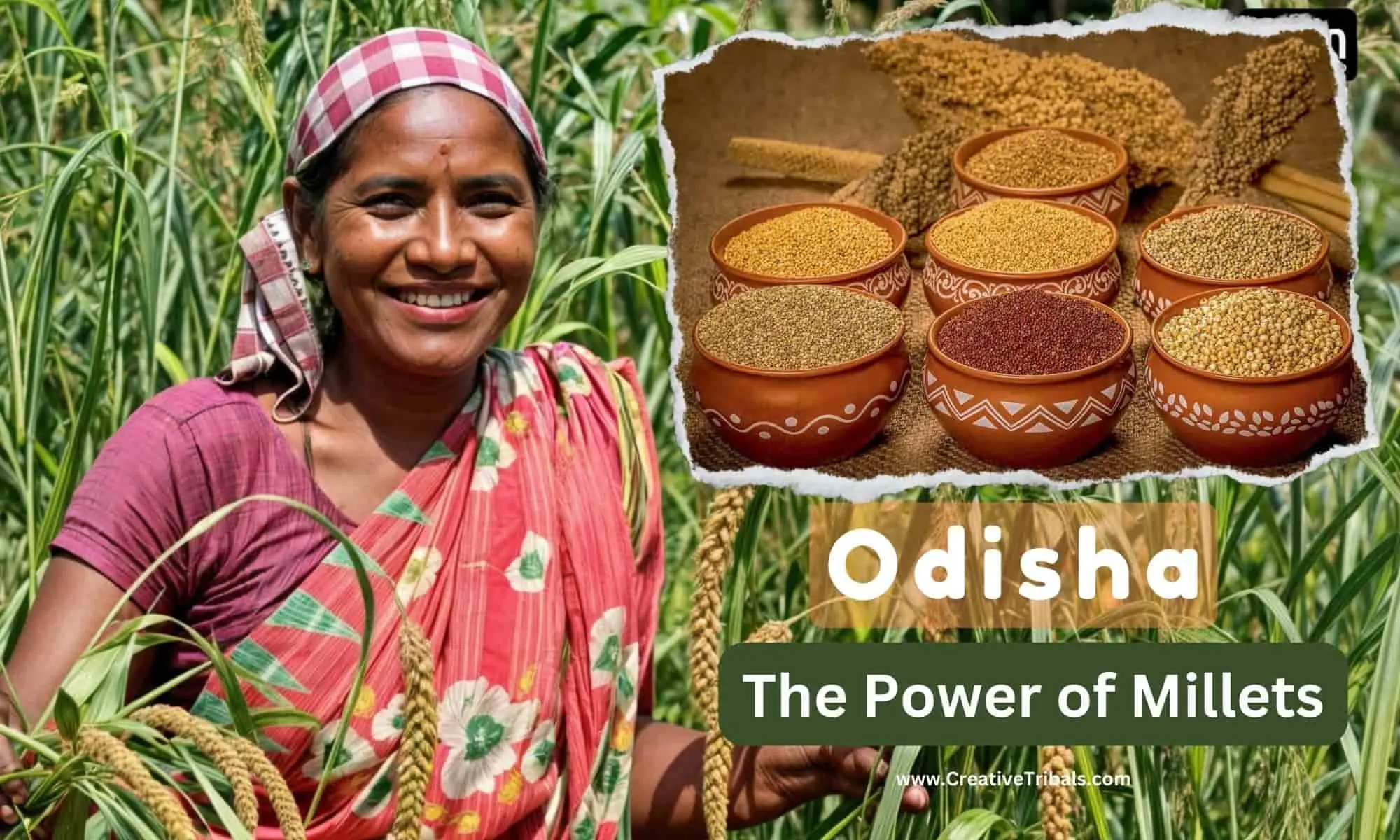

What makes millets truly remarkable is their ability to thrive in harsh environments with limited water and input requirements. Compared to water-intensive crops like rice and wheat, millets are drought-tolerant and have the potential to mitigate the impact of climate change on agriculture.
Furthermore, the cultivation of millets promotes biodiversity by preserving traditional crop varieties and supporting local ecosystems. The diverse range of millet species contributes to the resilience of agricultural systems, making them less susceptible to pests, diseases, and adverse weather conditions.
Integrating millets into our diets not only benefits our health but also supports sustainable farming practices. By consuming these nutritious grains, we actively contribute to a more environmentally friendly and climate-resilient food system.
The Nutritional Value of Millets
Let’s take a closer look at the nutritional value of millets:
| Millet Variety | Protein Content | Fiber Content | Vitamin Content | Mineral Content |
|---|---|---|---|---|
| Pearl Millet | 11.0g per 100g | 1.3g per 100g | Thiamin (B1), Niacin (B3), Vitamin B6 | Iron, Magnesium, Phosphorus |
| Foxtail Millet | 12.3g per 100g | 3.5g per 100g | Vitamin B6, Folate | Iron, Magnesium, Zinc |
| Finger Millet | 7.6g per 100g | 3.6g per 100g | Thiamin (B1), Riboflavin (B2) | Calcium, Iron |
| Barnyard Millet | 11.2g per 100g | 10.1g per 100g | Vitamin A, Vitamin B6 | Magnesium, Phosphorus, Zinc |
Source: Indian Institute of Millets Research
As we can see, millets are not only packed with essential nutrients but also contribute to a diverse and balanced diet. Including these superfoods in our meals can help us meet our nutritional needs while minimizing the ecological footprint of our food choices.
Now is the time to embrace the power of millets and make them an integral part of our everyday lives. By doing so, we can nourish our bodies and contribute to a more sustainable future for all.
Living in Harmony with Nature: Appreciating Wildlife
In the lush landscapes of Odisha, we are reminded of the delicate balance between humans and wildlife. By embracing the wisdom of coexistence, we can create a world where both thrive together. It is our responsibility to appreciate the beauty and significance of the diverse wildlife that calls this region home. Through understanding and respect, we can safeguard their habitats and ensure future generations can experience the wonders of nature.
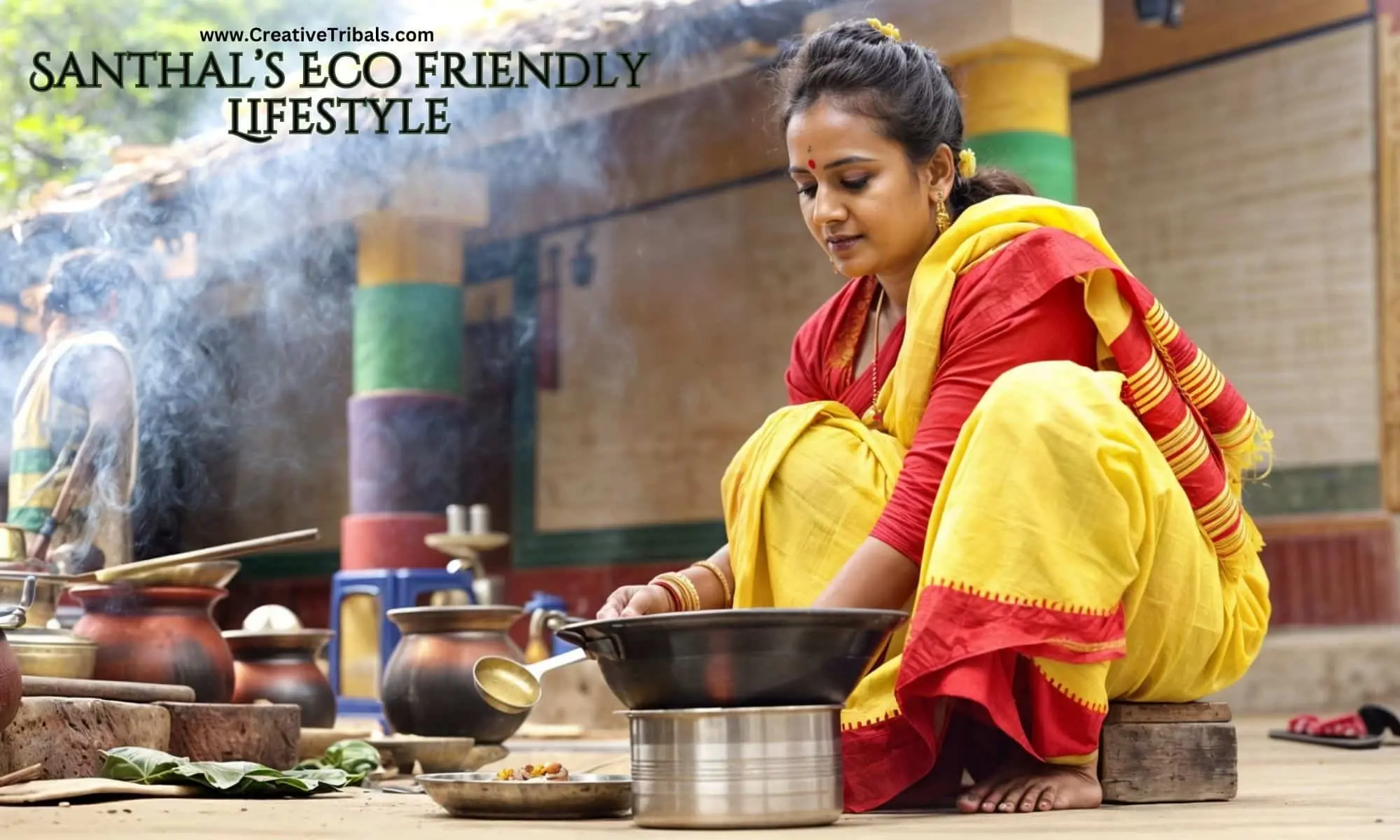

The Importance of Respecting Nature’s Creatures
Every creature in the animal kingdom has a vital role to play in our ecosystem. From the majestic elephants to the vibrant birds, each species contributes to the balance and resilience of the natural world. By appreciating wildlife, we acknowledge their intrinsic value and the benefits they bring to our environment. From pollination and seed dispersal to pest control and nutrient recycling, wildlife is an integral part of the intricate web of life.
Preserving Habitats for Future Generations
As we build our communities and progress as a society, it is crucial to consider the impact on wildlife habitats. Urbanization and deforestation pose significant threats to the survival of countless species. However, by making conscious choices, we can create spaces that harmonize with nature instead of encroaching upon it. Setting aside protected areas, conserving forests, and implementing sustainable land and resource management practices are key steps in preserving habitats and ensuring the survival of our wildlife for generations to come.
“In the end, we will conserve only what we love. We will love only what we understand. We will understand only what we are taught.”
Creating a Sustainable Future
Living in harmony with nature and appreciating wildlife goes hand in hand with sustainability. When we value the natural world, we are motivated to make choices that reduce our ecological footprint. By adopting sustainable practices, such as reducing single-use plastics, conserving energy, and supporting wildlife-friendly initiatives, we can actively contribute to the preservation of our planet’s biodiversity. Together, we have the power to create a future where humans and wildlife flourish side by side.
Let us embrace the magnificence of wildlife and strive to live in harmony with nature. Through our actions and choices, we can ensure the survival and well-being of the remarkable creatures that share our planet. Together, let us appreciate and protect the precious gift of biodiversity.
Harnessing the Power of Cow Dung: A Sustainable Alternative
Did you know that cow dung can be a valuable resource for promoting sustainability? In Odisha, this traditional practice of harnessing cow dung is not only eco-friendly, but also offers numerous benefits for energy generation and agriculture.
Renewable Energy Generation
By harnessing cow dung, we can tap into its potential as a renewable source of energy. The process involves converting cow dung into biogas through anaerobic digestion. Biogas can be used for cooking, heating, or generating electricity, reducing our reliance on fossil fuels and lowering greenhouse gas emissions.
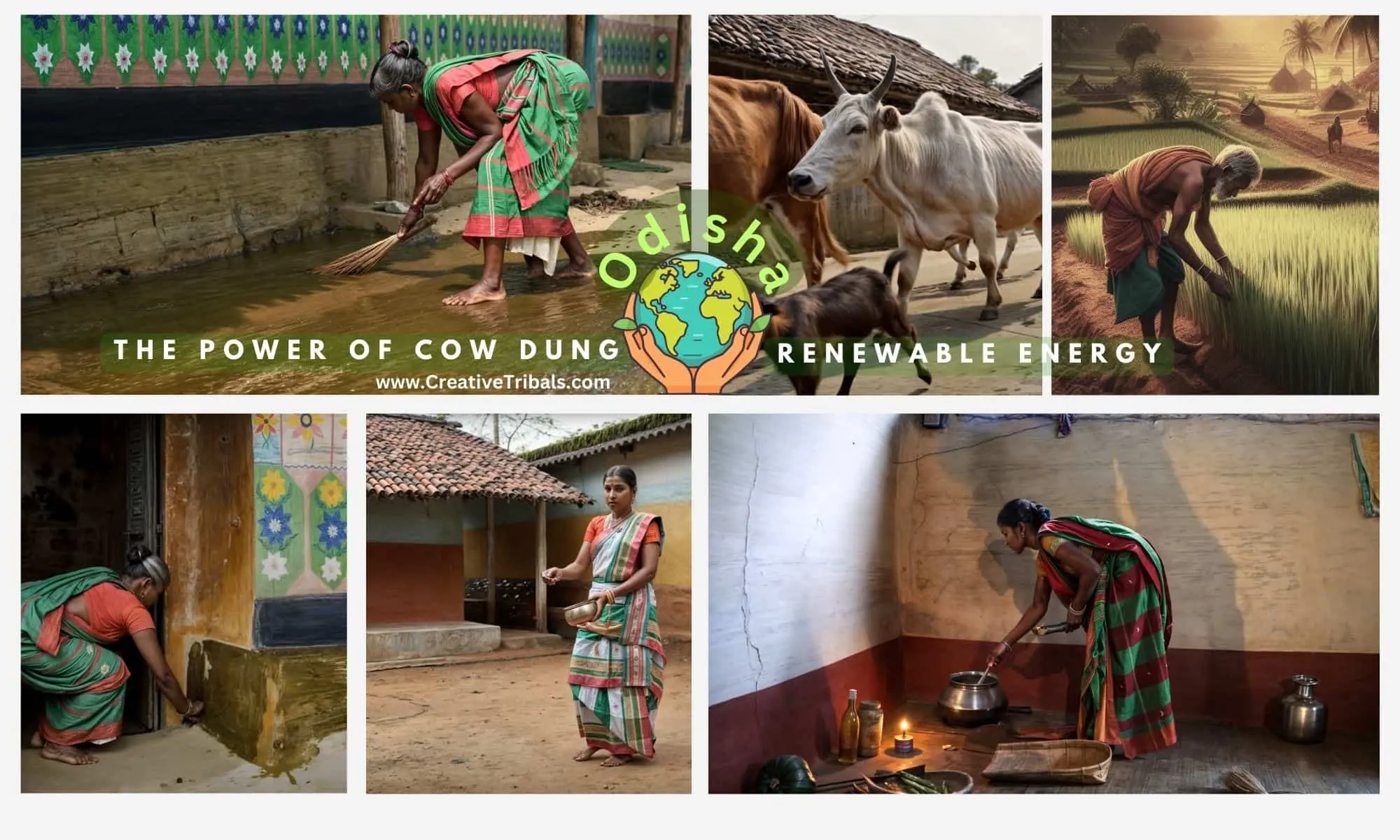

Agricultural Benefits
Cow dung is rich in nutrients and can be used as organic fertilizer. Its application improves soil health, enhances crop yield, and promotes sustainable farming practices. This natural alternative to synthetic fertilizers not only minimizes chemical pollution but also supports the long-term fertility of agricultural land.
Furthermore, harnessing cow dung for agricultural purposes can help in waste management by reducing the environmental impact of large quantities of cow dung. Instead of being left untreated, which can lead to water and air pollution, harnessing cow dung ensures that this resource is put to good use.
| Benefits of Harnessing Cow Dung | Benefits |
|---|---|
| Renewable Energy Generation | Reduces reliance on fossil fuels and lowers greenhouse gas emissions |
| Agricultural Benefits | Improves soil health, enhances crop yield, and supports sustainable farming practices |
| Waste Management | Minimizes environmental impact and ensures proper disposal of cow dung |
Harnessing cow dung presents a sustainable alternative that aligns with our efforts to mitigate climate change and promote environmentally-friendly practices. By utilizing this renewable resource, we can reduce our carbon footprint, contribute to soil fertility, and support sustainable development.
Nature Worship: Embracing the Divine in Our Environment
In the beautiful state of Odisha, nature is not merely an entity to be admired, but a divine presence that deserves our reverence. Odisha’s culture encourages us to embrace nature worship, recognizing the interconnectedness between humans and the environment. This profound understanding prompts us to treat the natural world as sacred and instills in us a deeper sense of responsibility towards the Earth.


Some may wonder, what exactly is nature worship? It is a spiritual practice that acknowledges the inherent divinity present in every aspect of the natural world. From the towering trees that provide shelter to the smallest creatures, to the mighty rivers that sustain life, every element of nature is revered and celebrated.
Nature worship is not limited to rituals or ceremonies; it is a way of life. It encourages us to live in harmony with the natural world, adopting sustainable practices that honor the Earth’s resources. By recognizing the divine in our environment, we cultivate a deep appreciation for the beauty and abundance that nature provides.
When we embrace nature worship, we awaken a profound connection to the Earth and all its inhabitants. We understand that our well-being is deeply intertwined with the well-being of the planet. This realization prompts us to make conscious choices that protect and preserve our environment for future generations.
By adopting the mindset of nature worship, we become custodians of the Earth, committed to nurturing and caring for our divine environment. We recognize the importance of sustainable living, promoting practices that minimize our ecological footprint and encourage the restoration of our planet’s natural balance.
In the words of Mahatma Gandhi, “Earth provides enough to satisfy every man’s needs, but not every man’s greed.” Nature worship inspires us to shift our perspective from greed and exploitation to gratitude and stewardship.
Embracing the divine in our environment is not only a spiritual practice but a practical approach to creating a sustainable world. It encourages us to reevaluate our relationship with nature and make conscious choices that prioritize the well-being of our planet above all else.
Together, let us cultivate the spirit of nature worship, acknowledging the sacredness of our environment and forging a path towards a greener, more harmonious future for all.
Celebrating Odisha’s Divine Environment
| Environmental Feature | Divine Connection |
|---|---|
| Lush Forests | The verdant forests of Odisha are seen as sacred realms, nurturing a wealth of flora and fauna. |
| Majestic Rivers | Rivers like the Mahanadi hold great significance, representing the life-giving force of nature. |
| Bountiful Coastline | The pristine beaches and thriving marine ecosystems are seen as divine expressions of the Earth’s abundance. |
| Sacred Lakes and Ponds | Water bodies are revered as sources of life and purity, embodying the divine feminine energy. |
| Awe-Inspiring Mountains | The towering peaks are revered as abodes of gods and goddesses, inspiring awe and reverence. |
Five Lessons for a Better Earth: Insights from Odisha’s Culture
Odisha’s rich cultural heritage and eco-practices offer valuable lessons for creating a better Earth. By embracing these insights, we can contribute to a more sustainable future. Let us explore five key lessons we can learn from Odisha’s culture:
Embrace Traditional Eco-Practices
Odisha’s culture emphasizes the importance of traditional eco-practices. By building homes with natural and sustainable materials like mud and wood, known as nutual houses, we can reduce our carbon footprint and promote eco-friendly living. Let us draw inspiration from these practices and incorporate them into our modern lifestyles.
Use Sustainable Alternatives for Daily Use
To reduce waste and protect the environment, we can adopt sustainable alternatives in our daily lives. Leaf plates and mud utensils, commonly used in Odisha, offer eco-friendly options to replace plastic and other harmful materials. By choosing these alternatives, we can make a positive impact on our planet.
Adopt Superfoods in Our Diet
Millets, ancient grains cultivated in Odisha, are not only nutritious but also sustainable. These superfoods promote biodiversity and resilience in agriculture. By incorporating millets into our diet, we can support sustainable farming practices and contribute to a healthier planet.
Live in Harmony with Nature
Odisha’s rich biodiversity teaches us the importance of coexisting with wildlife. By respecting and cherishing nature’s creatures, we can protect their habitats and preserve the delicate balance of our ecosystems. Let us appreciate and safeguard the beauty of our natural world.
Harness Sustainable Alternatives, such as Cow Dung
In Odisha, cow dung is harnessed as a renewable resource for energy generation and agricultural benefits. This sustainable alternative reduces greenhouse gas emissions and promotes eco-friendly farming practices. Let us explore innovative ways to utilize available resources and minimize our impact on the environment.
By learning from Odisha’s cultural practices, we can make significant contributions to creating a better Earth. Let us draw inspiration from their traditional wisdom and work together to build a sustainable future for generations to come.
| Lesson | Insight |
|---|---|
| Embrace Traditional Eco-Practices | Building nutual houses using natural and sustainable materials reduces our carbon footprint and promotes eco-friendly living. |
| Use Sustainable Alternatives for Daily Use | Adopting leaf plates and mud utensils as alternatives to plastic reduces waste and protects the environment. |
| Adopt Superfoods in Our Diet | Incorporating millets, ancient grains, into our diet promotes sustainable farming practices and supports biodiversity. |
| Live in Harmony with Nature | Respecting and cherishing wildlife habitats preserves the delicate balance of our ecosystems. |
| Harness Sustainable Alternatives, such as Cow Dung | Utilizing cow dung as a renewable resource reduces greenhouse gas emissions and promotes eco-friendly farming. |
FAQ
What is the significance of Earth Day 2024?
Earth Day 2024 is an important day dedicated to raising awareness about environmental issues and promoting sustainable practices for a greener future.
How can we learn from Odisha’s eco-practices?
We can learn from Odisha’s eco-practices by embracing their traditional methods of sustainable living, such as building nutual houses and using leaf plates and mud utensils.
What are nutual houses?
Nutual houses are traditional homes made with mud and wood, which are sustainable and promote eco-friendly living.
How can leaf plates and mud utensils be sustainable alternatives?
Leaf plates and mud utensils are eco-friendly alternatives to plastic and other harmful materials as they are made from natural and biodegradable resources.
Why are millets considered superfoods?
Millets are considered superfoods due to their high nutritional value and sustainability. They are also known for their ability to promote biodiversity and resilience in agriculture.
What can we learn about coexistence with wildlife?
Odisha’s rich biodiversity teaches us the importance of respecting and cherishing nature’s creatures. By appreciating wildlife, we can contribute to the preservation of their habitats for future generations.
How is cow dung used as a sustainable alternative?
Cow dung is traditionally used as a renewable resource for energy generation and agricultural benefits. It can reduce greenhouse gas emissions and promote sustainable farming practices.
What is nature worship?
Nature worship is the concept of treating the environment as sacred and emphasizing reverence for nature. It encourages a deeper sense of responsibility towards the Earth.
What are the five lessons we can learn from Odisha’s culture?
The five key lessons we can learn from Odisha’s culture are embracing traditional eco-practices, using sustainable alternatives for daily use, adopting superfoods in our diet, living in harmony with nature, and harnessing sustainable alternatives such as cow dung.







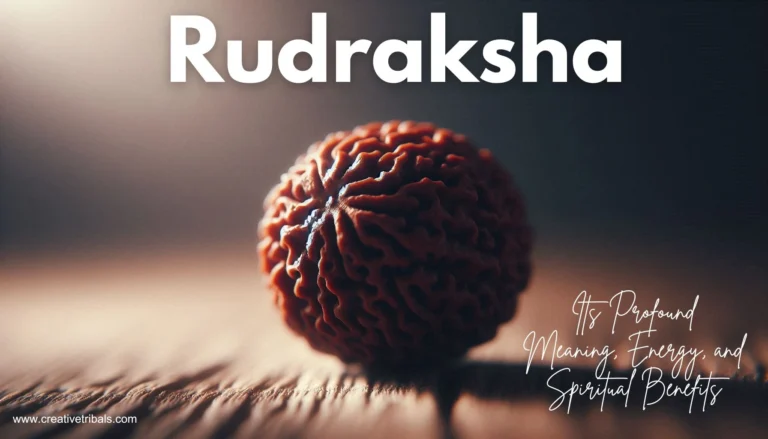




Pingback: Hanuman Jayant 2024: A Simple Solution to Financial Problems -